Ever dreamed of strolling through your home with your favorite playlist following you from room to room like the personal soundtrack to your day?
Or maybe you’re playing a relaxing podcast in the living room, watching a movie with surround sound from the home theater, or listening to the news while cooking in the kitchen! This is the magic of a well-planned whole house audio system that would make your home wrapped in sound.
Nevertheless, configuring this entire thing might be a bit tedious at first but it's not that hard if you know the tricks. The truth is that wiring your home for audio can be a very rewarding (and fun) project.
So, When you’re asked “How To Wire Whole House Audio” "you have this guide for reference. We’ll walk you through everything, from choosing the right equipment to running wires and connecting speakers, all in a straightforward and stress-free way.
So, if you're ready to turn your home into an audio haven, let's dive in and get started.
1. Planning Your Whole House Audio System
Understanding Audio Zones:
When it comes to setting up the whole home audio system, one of the first things to wrap your head around is the concept of audio zones.
Think of these zones as separate areas in your home where you want to control sound independently. For example, you might want to listen to some chill tunes in the living room while someone else rocks out in the kitchen.
To figure out how many zones you need, determine your home's layout and your listening habits. Do you want the same music everywhere, or would you rather have different sounds in different spots? A larger home with multiple entertainment areas might require more zones than a smaller one.
Here, the finest of the options to opt for are multi-zone receivers that enable you to manage audio in different parts of your home. Arylic’s Airplay 2 amplifier operates over Wi-Fi, allowing seamless multi-room audio control, but make sure your home has a stable Wi-Fi network to fully utilize this feature.
Choosing the Right Equipment:
Now comes the fun part and that is choosing your gear. Speakers, stereo amplifiers, and even your audio sources–all are the backbone of an awesome sound system. Start with thinking about the size of your room and what kind of sound you’re after. Small rooms might be fine with in-ceiling speakers, while bigger spaces need more powerful units.
Stereo Amplifiers are those muscles that push the sound, so make sure they’re strong enough for your speakers. And don't forget your audio sources—streaming devices, record players, smart assistants—pick whatever matches your listening style.
Central Hub Location:
Finally, you gotta figure out where to store all this stuff aka central hub. A closet, a basement, or any out-of-the-way spot will do. Just make sure it's easy to access but still hidden enough to keep things tidy.
Audio gear can get a bit hot, so good ventilation is a must. A well-chosen central hub will keep your system running smoothly and make it easier to manage all your audio zones.
2. Running Speaker Wires
So, you've got your speakers, Bluetooth amps, and a central hub all setup. Now, it's time to connect the dots—literally! Running speaker wires is like building the backbone of your whole-house audio system. Here's what you need to know:
Selecting the Proper Cables:
When you’re running wires for your speakers, picking up the right cable can make all the difference. Don't assume all wire connections are the same, so you should pick excellent in-wall-rated cords that can certainly do just fine.
These are meant to be safely retracted into your walls and are built to last. Those will be more likely to have CL2 or CL3 ratings so they meet the code for in-wall use.
In addition to this, factor in the wire gauge–the lower number indicates a thicker wire meaning it would be good for longer runs where you want to get your optimal sound retention.
Measuring and Routing:
After you’ve got your cables in hand, measure the space in which they need to be installed through and around your home. You'll want to measure your central hub's location from each speaker site, including any twists and turns or other things the wire will need to run around.
Try to overestimate the length a little, just to be safe. Once you’re ready to pull the cables, gently fish them through your walls, ceilings, or floor with a wire-pulling tool.
When going through the wall, keep holes as small as possible and fasten the cables safely as you go along so they will not cause any snags.
Labeling for Organization:
As you’re running all these wires, don't forget the crucial step of labeling this stuff too! While this may seem like a small thing to have, it can save you so many headaches during installation and troubleshooting later on.
Label each end of every wire with the room or zone they belong to in large, easy-to-read writing. Tags or color-coded tape can also assist in the organization. Believe me, When you’re knee-deep in cables, you’ll be glad you took the extra minute to label everything.
3. Installing Volume Controls or Keypads
Placement of Controls:
When you’re setting up volume controls or keypads, think about where they’ll be most handy. You want them in spots that are easy to reach and use.
For instance, placing a control near the door means you can adjust the volume when you walk in or put one next to your favorite chair so you can change the sound without ever having to get up.
Make sure they are at a comfortable height level where you do not need to stretch or crouch to use them!
If you use Arylic's Bluetooth-enabled amplifiers, you can adjust everything wirelessly from your phone or tablet, but for larger homes or if you need more reliable connectivity, consider using Arylic's Wi-Fi or Ethernet-based solutions for whole-house audio, as Bluetooth range might be limited.
Running Control Wires:
To get those keypads or volume controls talking to your audio system, you’ll need to run some control wires, like CAT5 or CAT6 cables. Start by measuring how far each control location is from the central hub. Then, carefully route the cables through walls or ceilings, keeping them secure and out of the way.
Make sure to connect the cables properly at both ends—labeling them helps a lot to keep track of which one goes where. This way, your keypads and controls will work smoothly, giving you easy access to adjust the sound in each zone.
4. Connecting and Mounting Speakers
Speaker Installation:
Proper speaker placement is essential for optimal sound output. Cut holes into the drywall or ceiling for in-wall/in-ceiling speakers as per the speaker template. Ensure that holes are drilled according to proper size.
For In-wall speakers, you typically need the speaker to be fastened using either mounting brackets or clamps. In ceiling speakers should slide easily into place and come with a mounting clip set which would keep them there.
If you’re using freestanding speakers, position them in areas like away from walls and corners. Ensure they are stable and resist falling easily.
Wiring the Speakers:
After you have your speakers placed where they need to be, it's time to connect them. Clamp the wires onto your speaker threads first (after you strip an inch or so from both ends).
Watch out for the polarity— normally this will be indicated by + or - and always connect consistently to ensure you don't come across phase problems. Connect the positive wires to positive terminals and do likewise for the negative wire, connecting it from the speaker to the stereo amplifier.
Finally, make sure everything is connected firmly to avoid having any stray wires that can produce crackling audio or worse still cause harm to your gear. Verify all connections one more time and then test the system to make sure all speakers are working correctly and delivering balanced sound.
5. Setting Up the Central Hub
Audio Distribution Amplifier Setup:
Your central hub is where you connect an audio distribution amplifier that ties together your whole house audio system. First of all, connect your audio sources–CD player or turntable to the amplifier. Many amplifiers have more than one input, so you can connect all of your favorite sources in the same spot.
Next, run the output connections from the stereo amplifier to each audio zone. This is where the magic happens —- your amplifier takes that Audio signal and distributes it throughout all other zones of your home.
Double-check that each connection is secure and well-labeled so you can keep things well-organized. Now with all of your gear connected, from a single point, you'll be able to control and push audio in one room or a few areas out.
Integrating Arylic’s Whole Home Audio Controller:
To make it more seamless, you can add the Arylic whole home audio controller as well. Arylic smart home solutions provide an ultra-simple and effective way to control audio in several zones.
The controllers they come with have simple controls and extensive options to change volume, source-switching, or tone from your phone/tablet. Designed to mesh neatly with any system you already have in place, Arylic systems provide an extremely simple solution for controlling all of your home audio needs.
Once again, Arylic has taken the stress out of where your music and audio are controlled by Bluetooth — anywhere from the kitchen to the living room.
6. Testing and Calibration
Initial Testing:
Once everything is set and connected, it’s time for the initial testing. Begin by running some kind of audio through your system and checking every individual zone. Test sounds from different rooms by walking around your house to make sure you can comfortably hear them.
Note any parts where the volume is too low, or high and imbalance. Use the volume controls of central hub/network retrieval points to get each zone shooting out perfectly consistent, and clear audio.
Fine-Tuning for Optimal Performance:
Once you’re done with the first testing, a few adjustments can be made to find the best sound experience. First, set your balance and tone in each zone to suit the room’s acoustics. Maybe you might have to change the levels of bass and treble due to room size, or type of furniture/flooring that will impact on sound.
Measure the frequency response in every room and tweak accordingly with an equalizer or calibration tool. This in turn helps to level out any sound quality peaks or troughs.
Lastly, use different audio sources for checking music quality such as your favorite song or type of music genre, podcasts, and movies to have a real experience in terms of sound. A few changes and you will get a great, balanced audio output.
7. Advanced Control with Arylic
Smart Home Integration:
When it comes to integrating advanced control into your whole house audio system, Arylic is the name to remember. Their easy-to-use technology allows you to control your whole-house audio system effortlessly right from your phone or tablet.
That said, the Bluetooth amp serves as a nice and easy way to wirelessly control your newly set up audio zones — everything from volume levels, switching sources, or tweaking settings can be done right with just a few taps.
That means you can control your music or podcasts wherever—whether you’re lounging on the couch or playing and pausing while you cook—without ever having to get up or fumble with physical controls.
Why Choose Arylic?
Arylic stands out for its reliability and innovative features, making it a top choice for enhancing your whole house audio system
The smart controllers are built to fit right into your current system, offering top performance and a great experience.
However, the Arylic wireless audio system enables seamless control and supports other functions such as forming a network of multiple zones for managing resources across various areas with sound quality processing.
You can count on high quality and user-friendliness for a brilliant audio experience throughout your house, while still giving you the ability to easily personalize and master sound at home.
Conclusion
Running a whole-house audio system might seem like a big task, but breaking down the task into manageable steps can simplify the process.
Every step in this comprehensive guide, from how to plan your audio zones and find the right equipment to running cables and setting up controls is integral to building an immersive and satisfying sound experience that covers all of your home.
A Bluetooth amplifier for wired speakers not only streamlines your daily living but also adds major value when setting up home entertainment.
Well for ultimate smart and flexible audio, Arylic is likely the way to go. Featuring advanced control options and robust technology that is easy to use, these smart solutions allow fantastic sound quality across all your different zones. Arylic always designs its solutions with innovation at the core so that they can be smoothly integrated into your music experience as a final upgrade.
Ready to upgrade your home audio system? Explore Arylic’s full range of whole-home audio products on their website. Check out their offerings here and discover how Arylic can transform your audio experience.

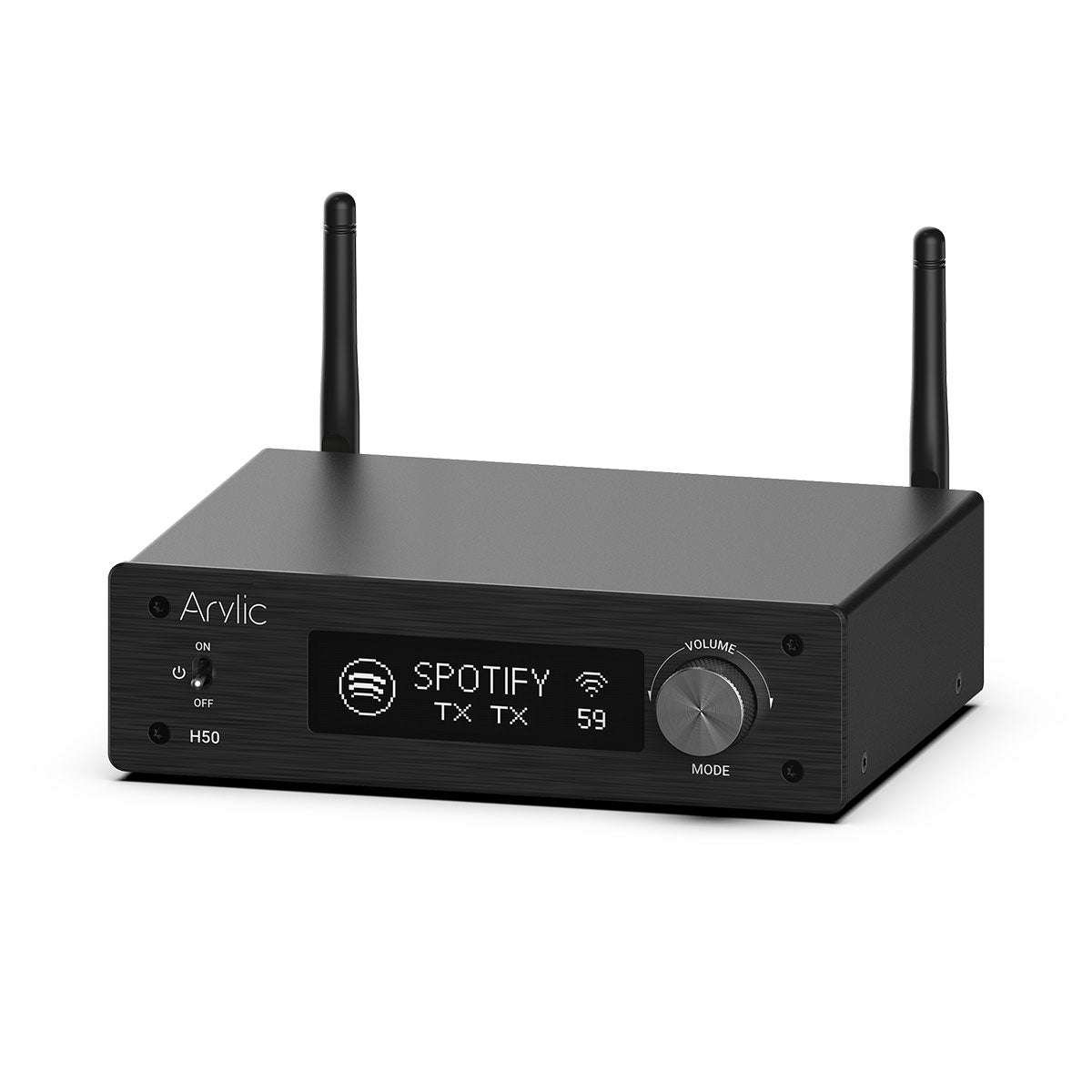
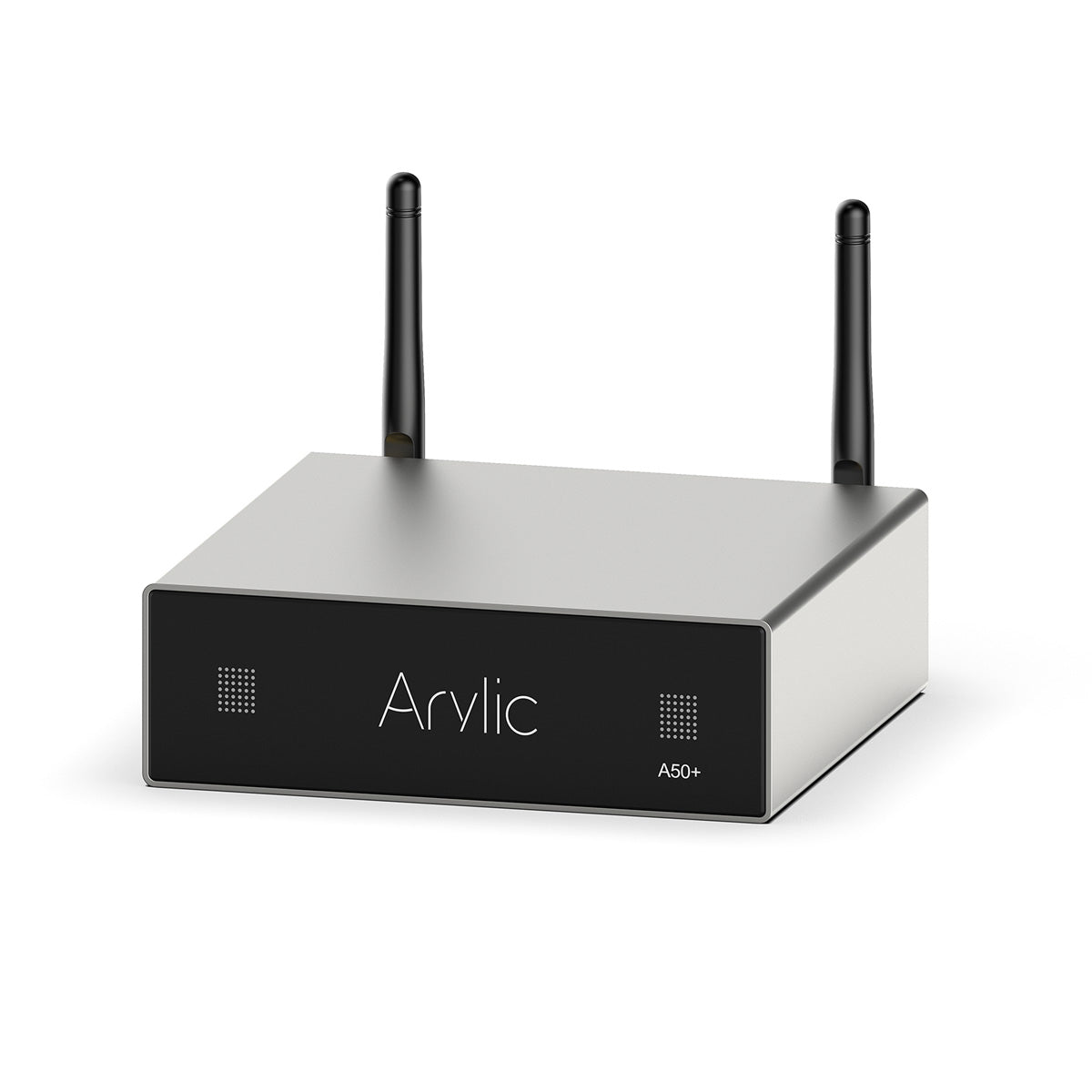
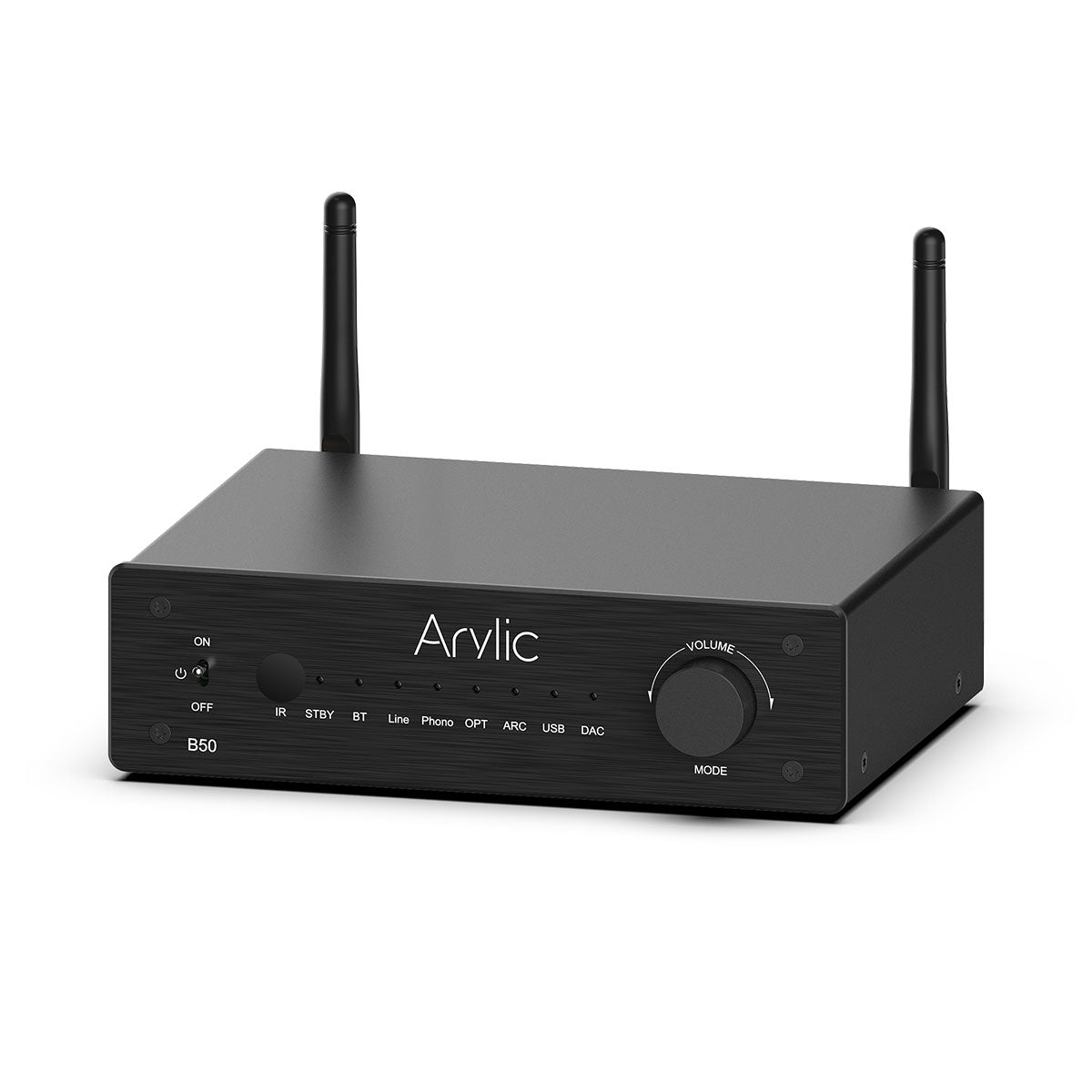
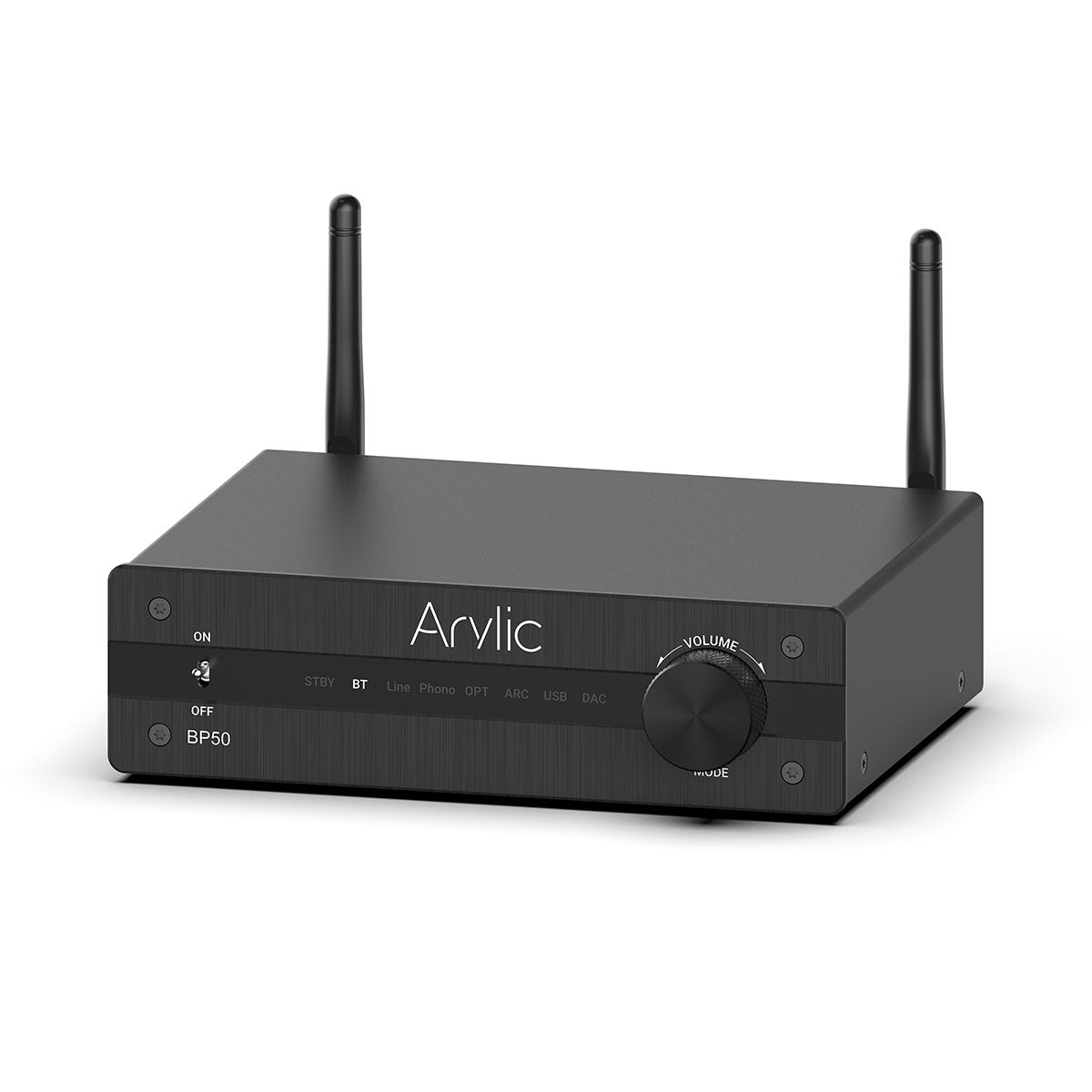
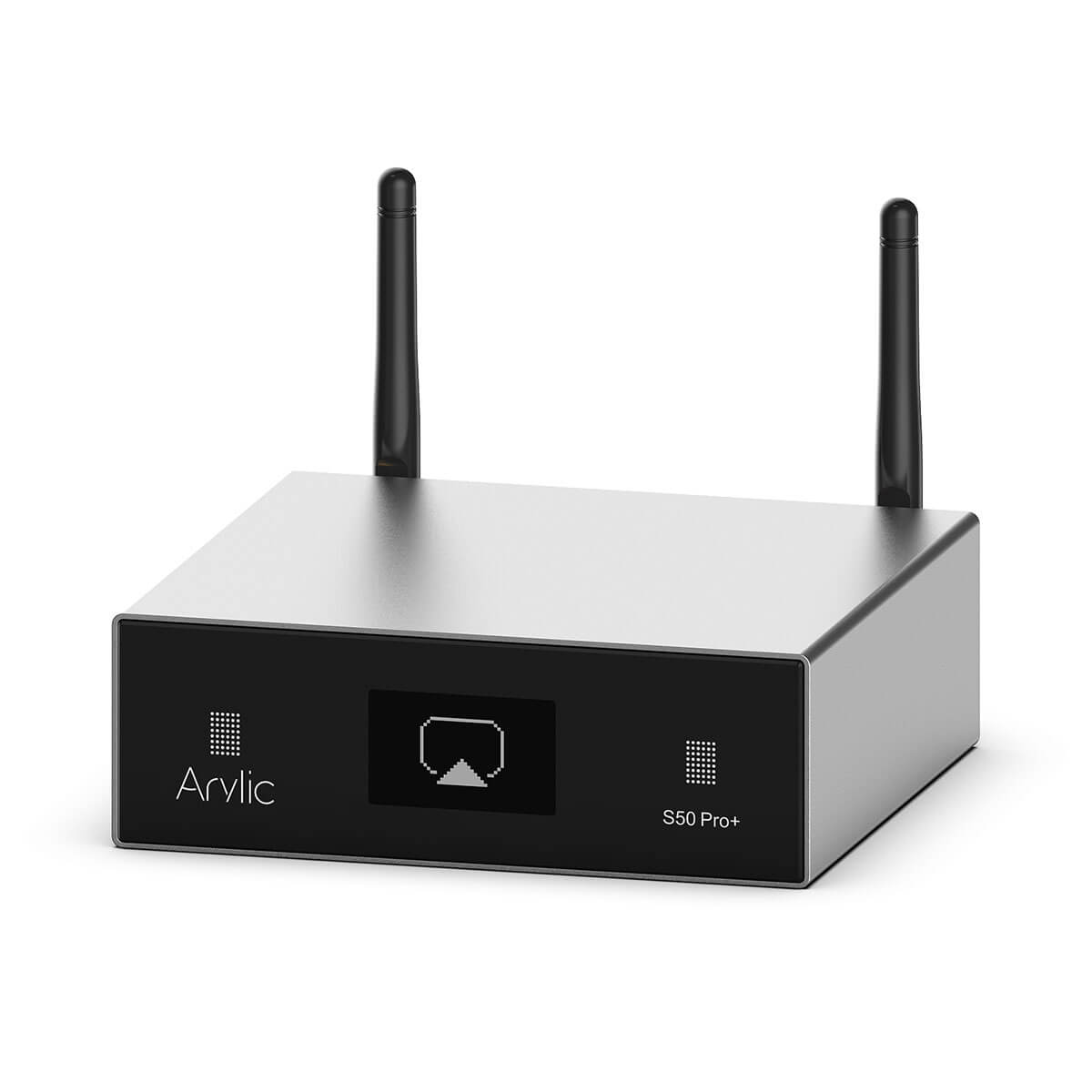
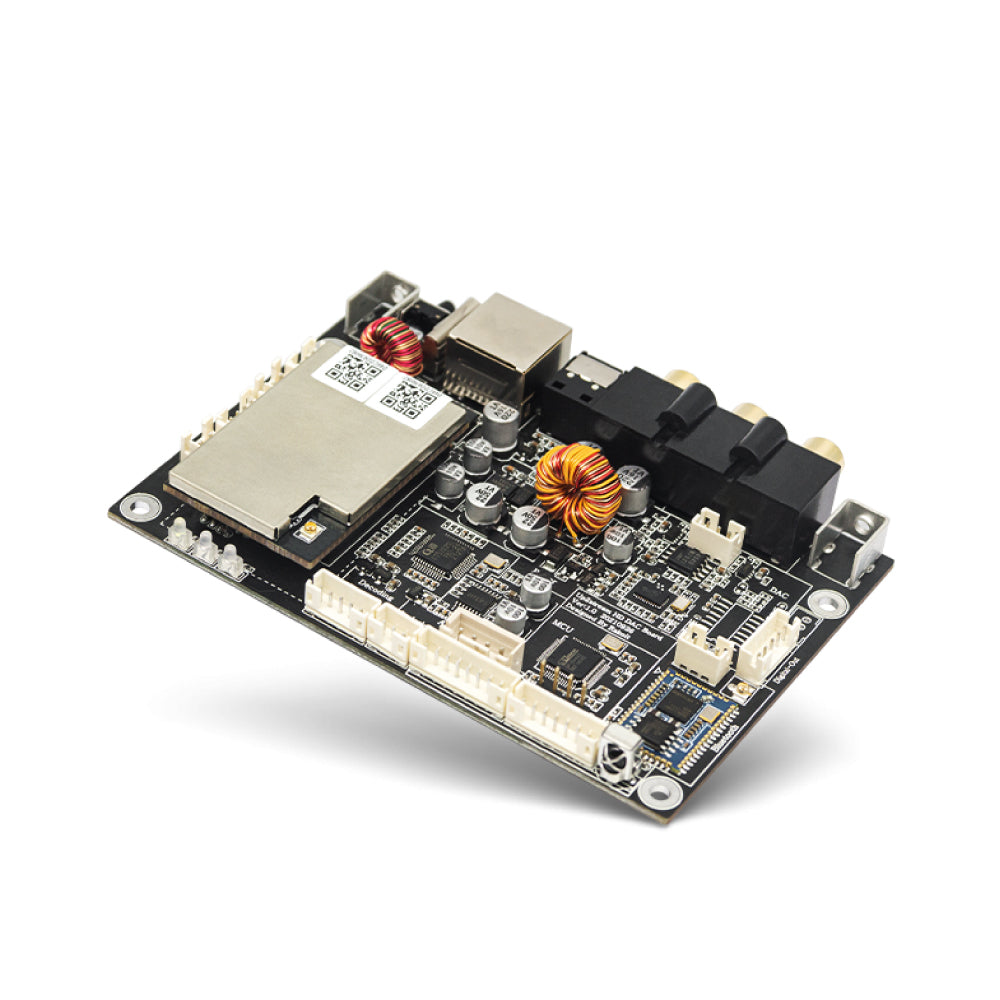
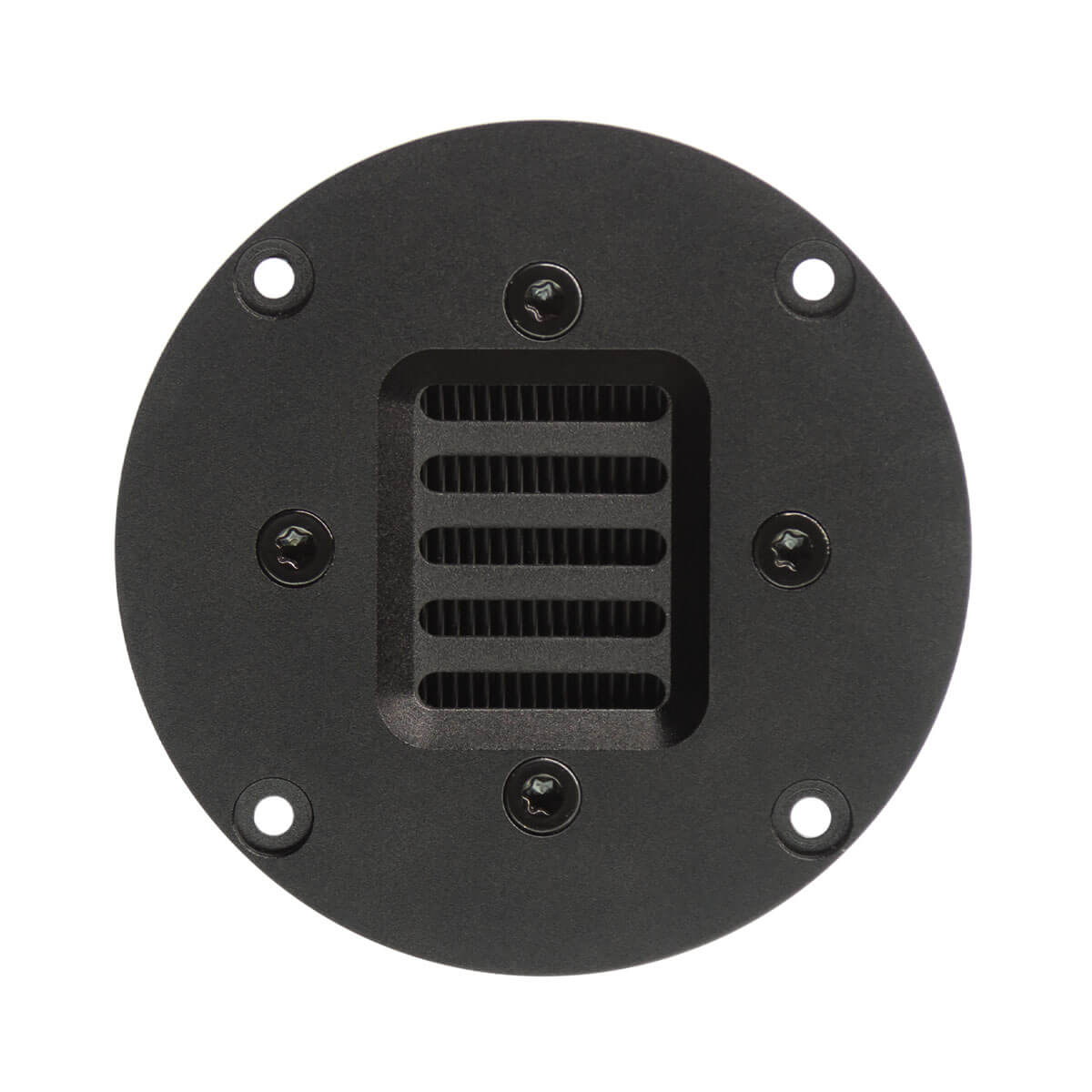
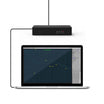
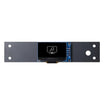
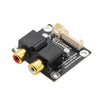
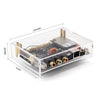
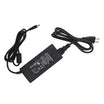
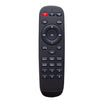

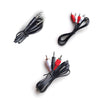



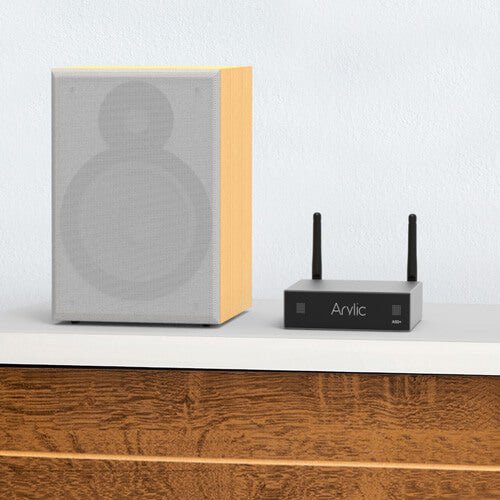
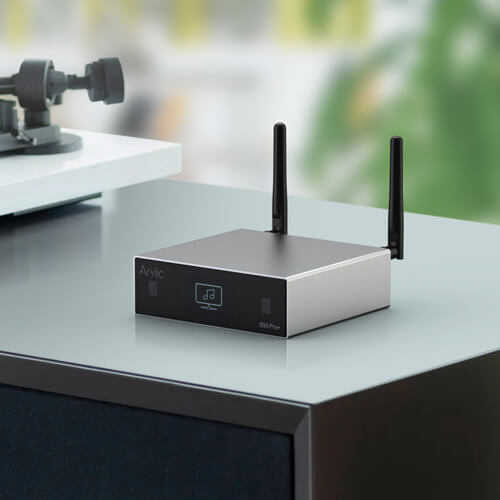
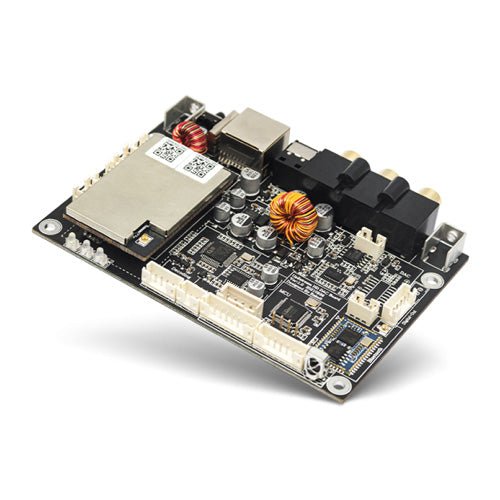















Leave a comment
All comments are moderated before being published.
This site is protected by hCaptcha and the hCaptcha Privacy Policy and Terms of Service apply.